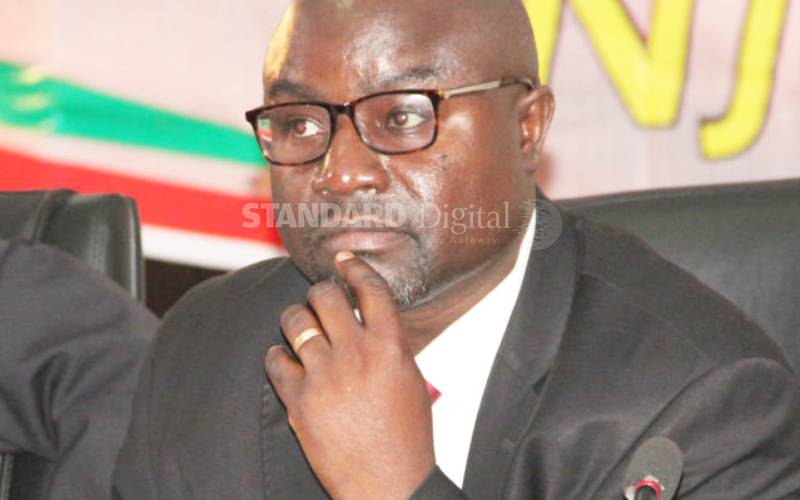×
The Standard e-Paper
Fearless, Trusted News

Building Bridges Initiative task force vice-chair Adams Oloo during public participation at KICC on July 6, 2019 in Nairobi. [Edward Kiplimo,Standard]
Kenyans enjoy political entertainment and regularly move from one to another with predictable outcome.